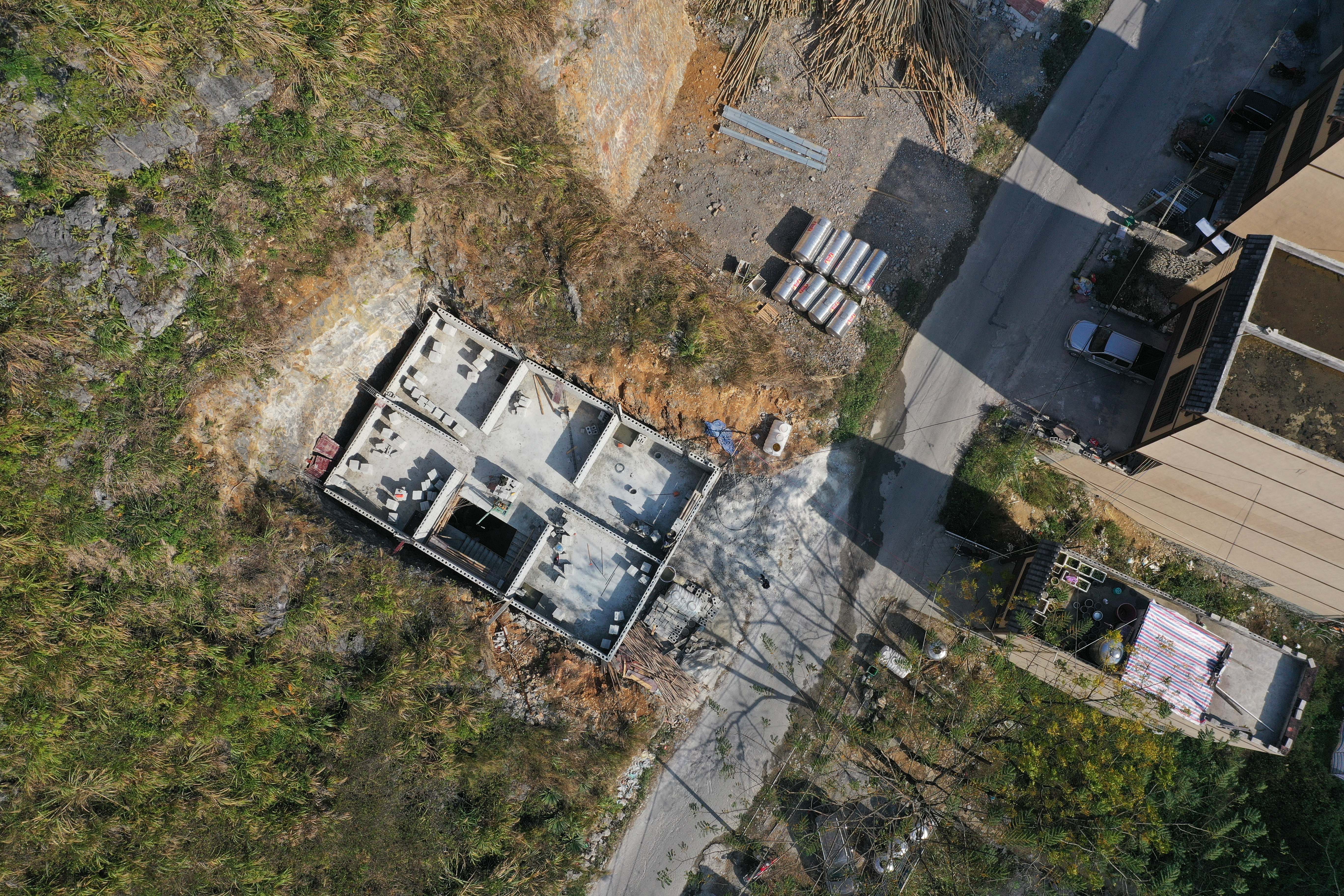
Aerial photo taken on Dec. 17, 2019 shows new houses being built in Nonghe Village of Dahua Yao Autonomous County, south China's Guangxi Zhuang Autonomous Region.(Xinhua/Huang Xiaobang)
Poverty alleviation effort has made in the stony poverty-stricken county in Guangxi.
DAHUA, Dec. 21, 2019 (Xinhua) -- Haunted by stony desertification, Dahua is one of the most poverty-stricken counties in Guangxi, with 90 percent of its area covered with stones.
People here used to live in traditional houses with three stories, where the first story is used for raising livestock, the second for residence, and the third for food storage. As most houses are thatched or wood-tile cottages, people have to be much careful with fire safety. On one hand, they are faced with poor transportation conditions and bad infrastructure; on the other hand, they have to deal with water-shortage to collect water from miles afar.
Since 2016, local authorities have spared no effort in poverty alleviation to promote infrastructure and build new water conservancy facilities. A total of 1,370 new roads of over 2,300 kilometers and more than 10,000 water storage facilities have been built. A total of 809 million yuan (about 115 million U.S. dollars) have been used for old house renovation, and over 100,000 people of 37,000 households have moved in steady new houses.

Aerial photo taken on Nov. 12, 2019 shows cottages being renovated in Bahao Village of Dahua Yao Autonomous County, south China's Guangxi Zhuang Autonomous Region. (Xinhua/Huang Xiaobang)
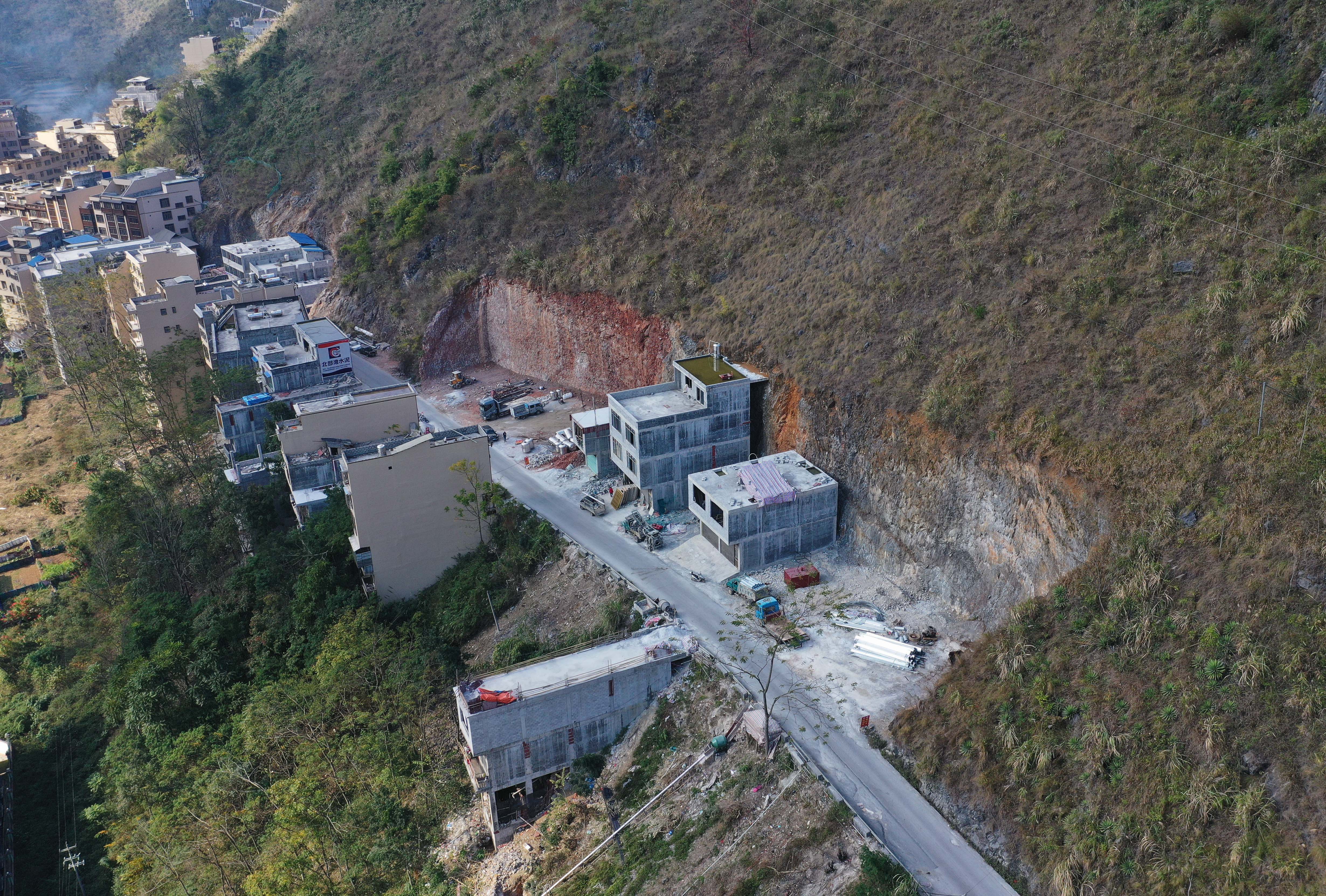
Aerial photo taken on Dec. 17, 2019 shows newly-built houses by a road in Nonghe Village of Dahua Yao Autonomous County, south China's Guangxi Zhuang Autonomous Region. (Xinhua/Huang Xiaobang)
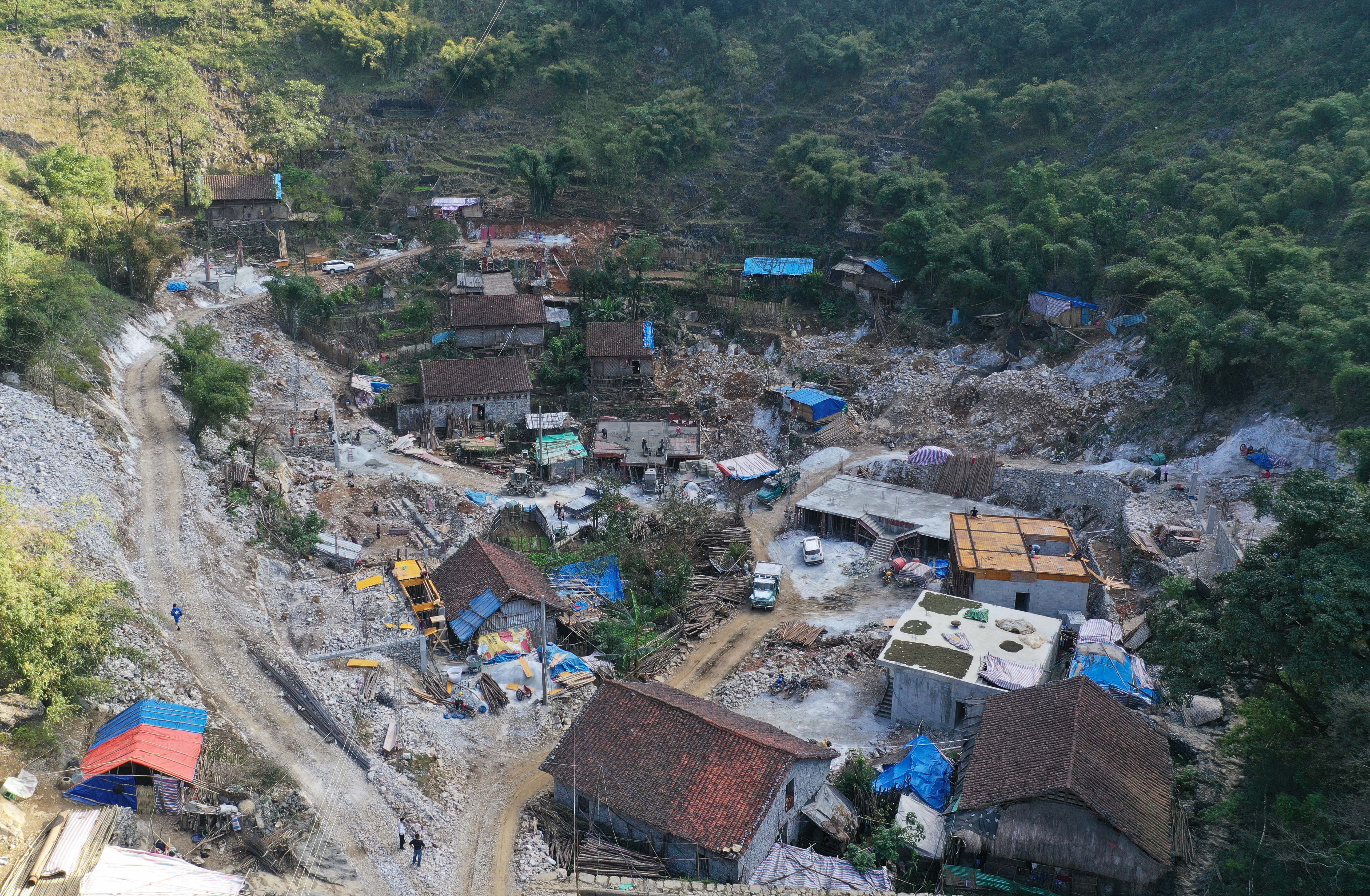
Aerial photo taken on Nov. 12, 2019 shows cottages being renovated in Bahao Village of Dahua Yao Autonomous County, south China's Guangxi Zhuang Autonomous Region. (Xinhua/Huang Xiaobang)
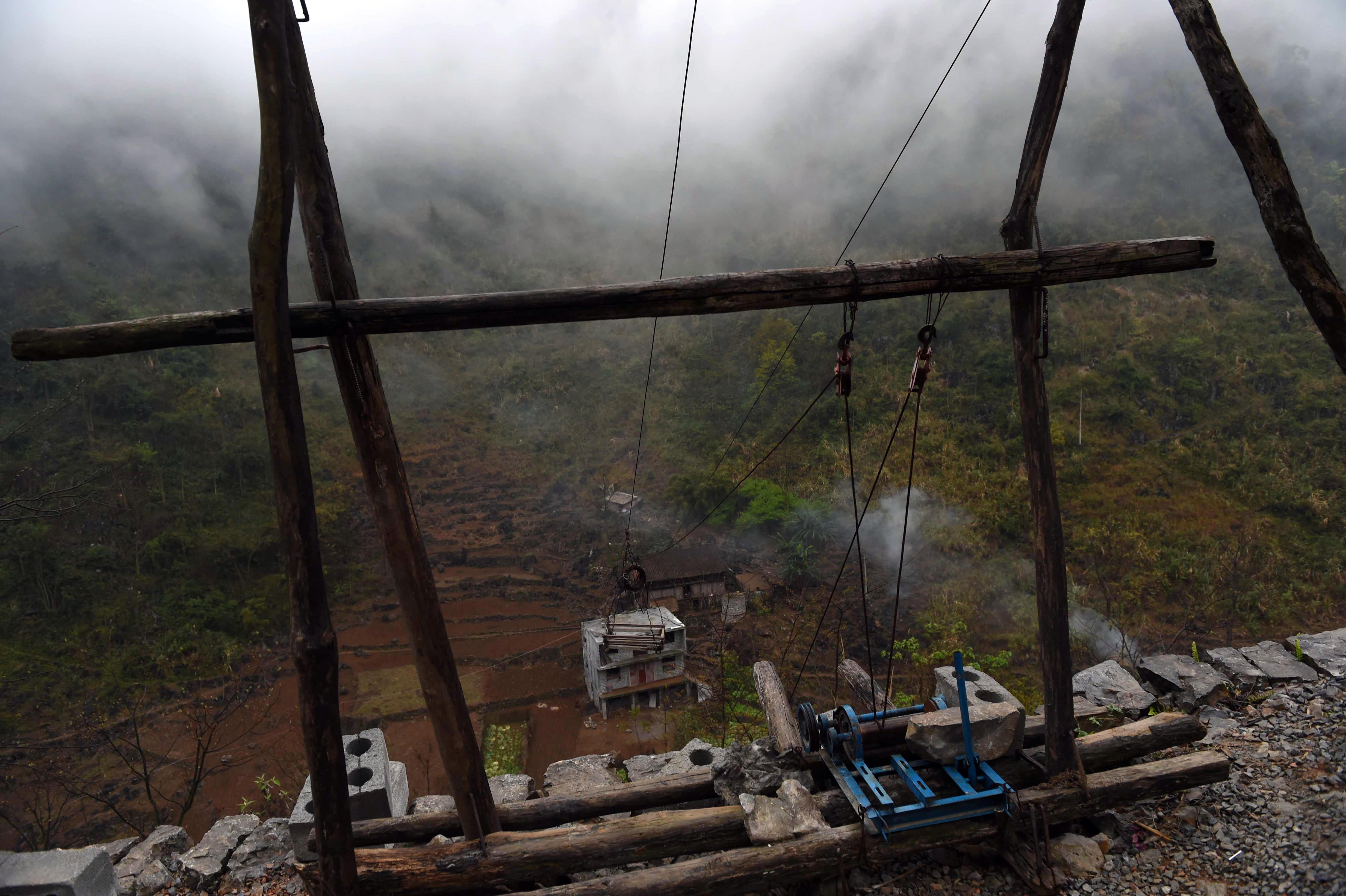
File photo taken on March 9, 2015 shows villagers building new houses with mechanical devices in Nongpingtun of Bahao Village of Dahua Yao Autonomous County, south China's Guangxi Zhuang Autonomous Region. (Xinhua/Huang Xiaobang)
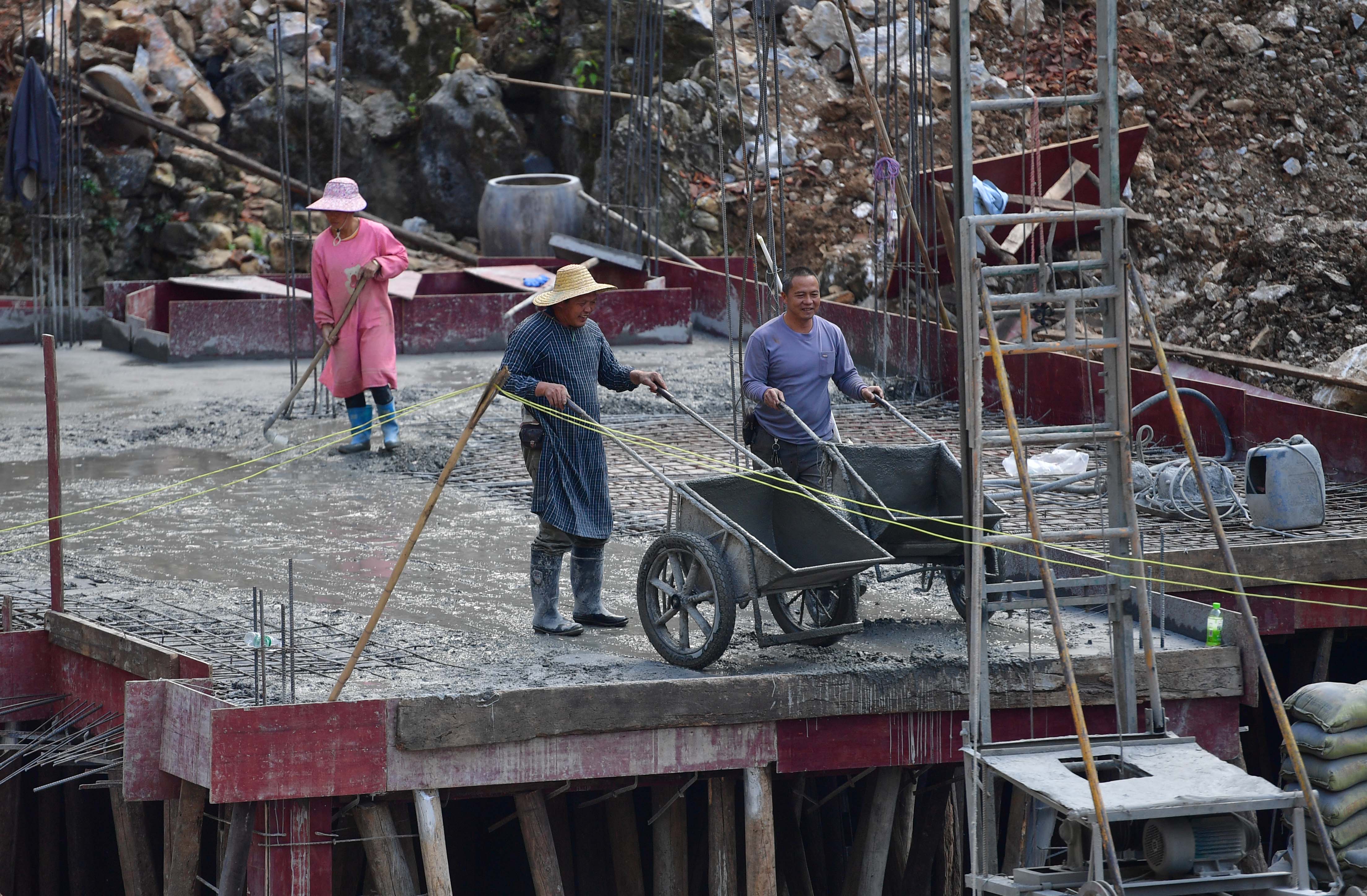
People renovate old houses in Bahao Village of Dahua Yao Autonomous County, south China's Guangxi Zhuang Autonomous Region, Nov. 12, 2019. (Xinhua/Huang Xiaobang)
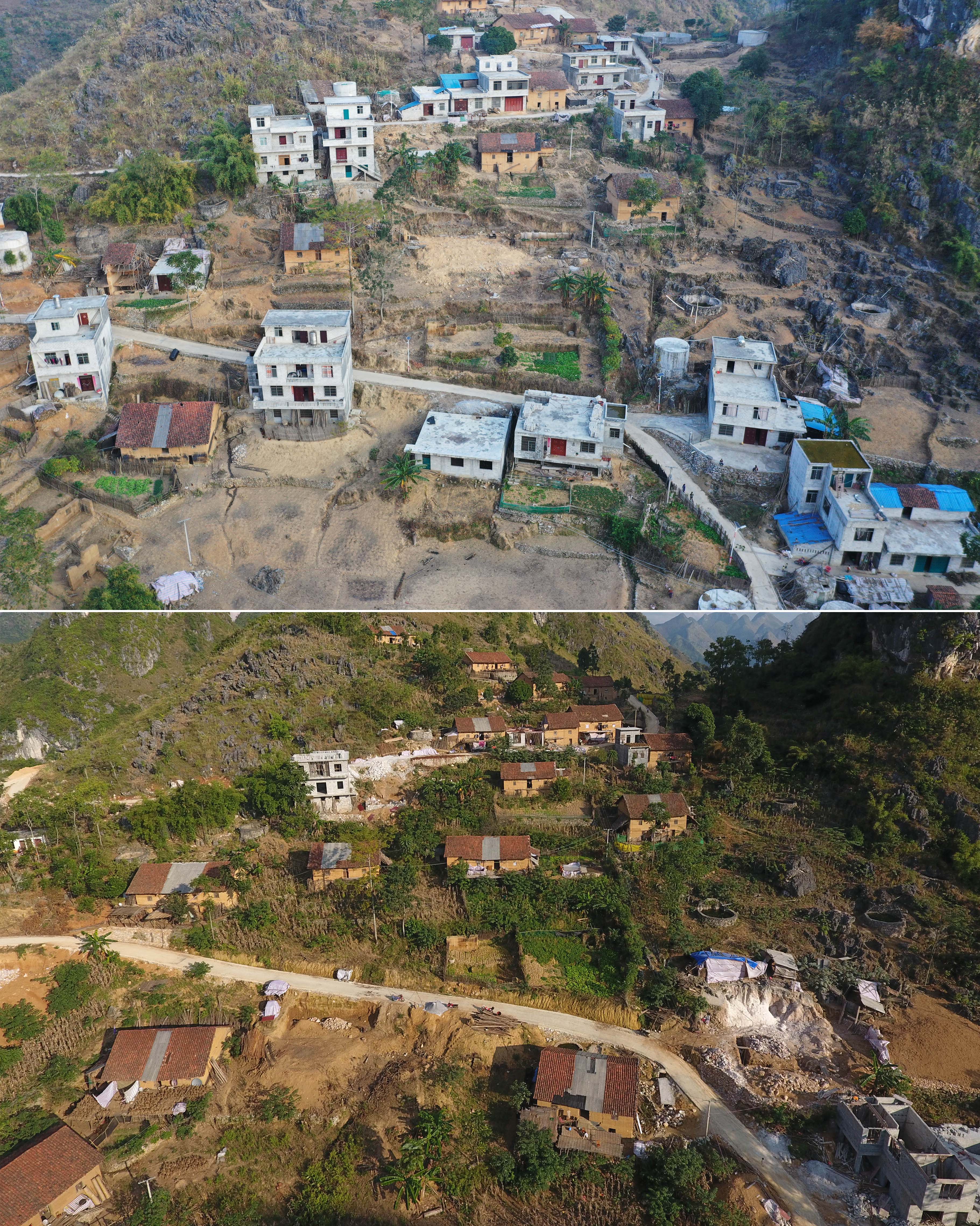
Combo aerial photo shows Yanyantun of Gecong Village before (bottom, taken on Oct. 27, 2016) and after (top, taken on Dec. 17, 2019) renovation in Dahua Yao Autonomous County, south China's Guangxi Zhuang Autonomous Region. (Xinhua/Huang Xiaobang)
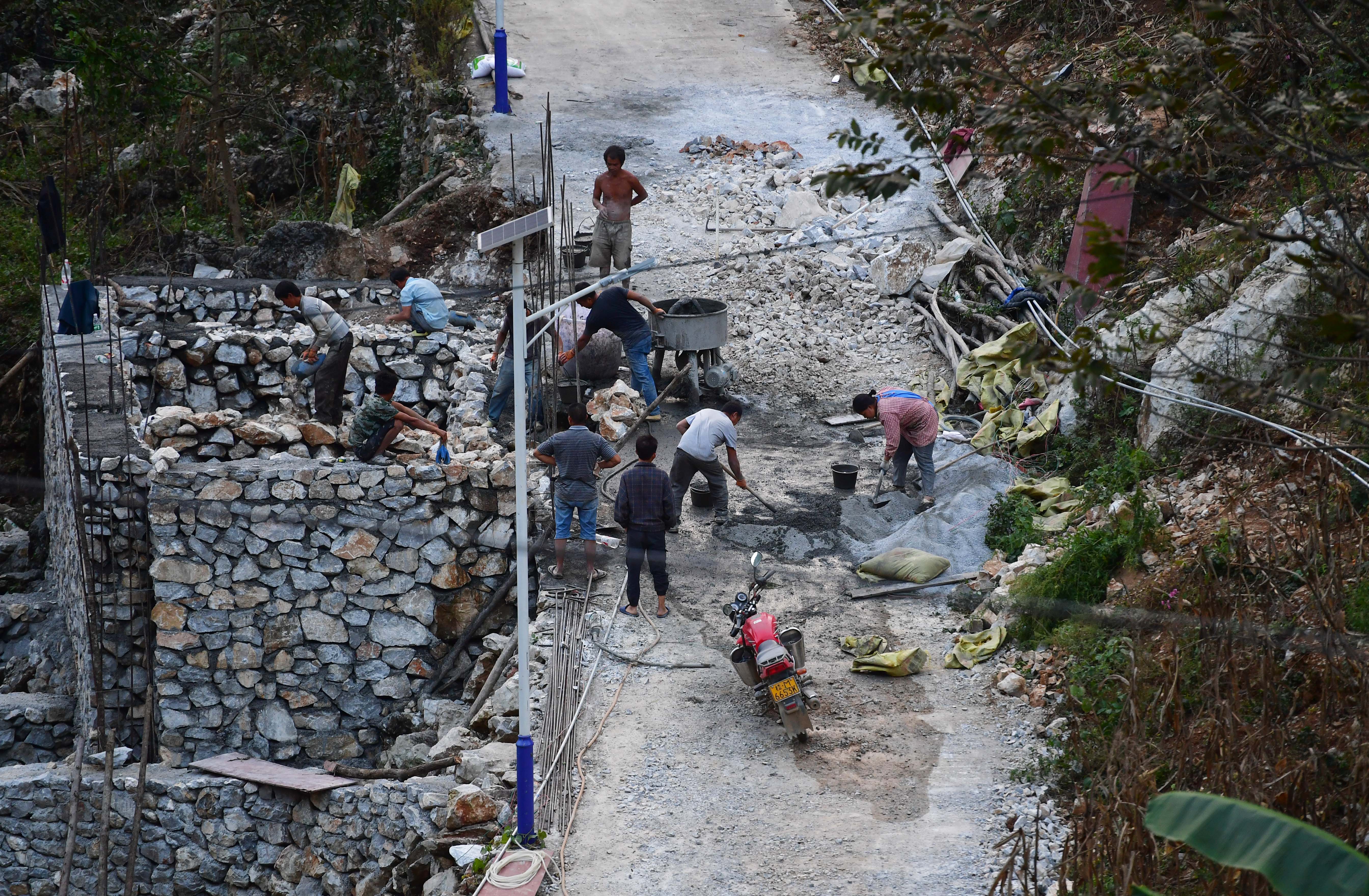
People renovate old houses in Bahao Village of Dahua Yao Autonomous County, south China's Guangxi Zhuang Autonomous Region, Nov. 12, 2019. (Xinhua/Huang Xiaobang)
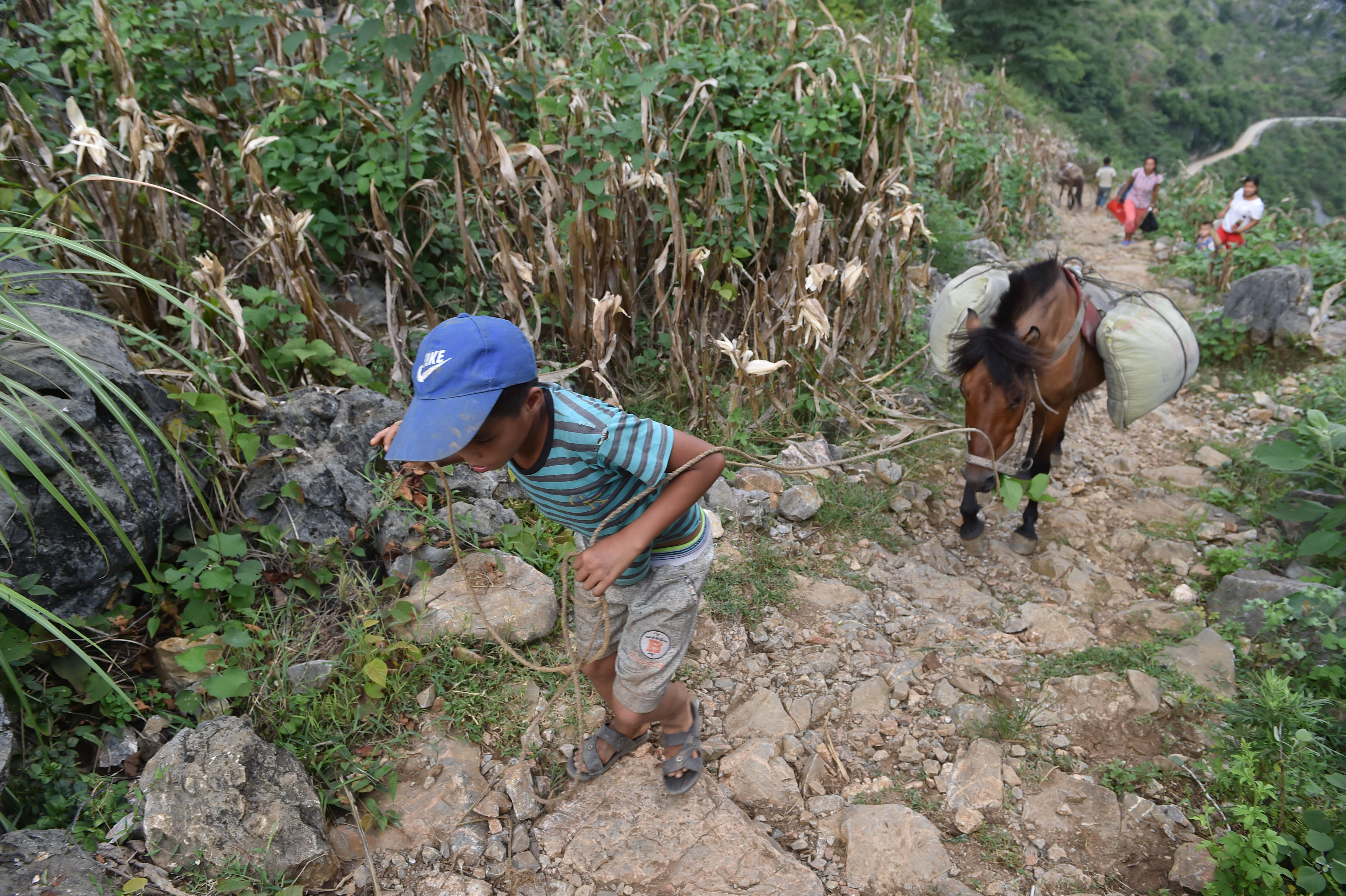
File photo taken on March 9, 2015 shows people carrying construction materials with horses to build house in Nongfutun of Nonglei Village of Dahua Yao Autonomous County, south China's Guangxi Zhuang Autonomous Region. (Xinhua/Huang Xiaobang)
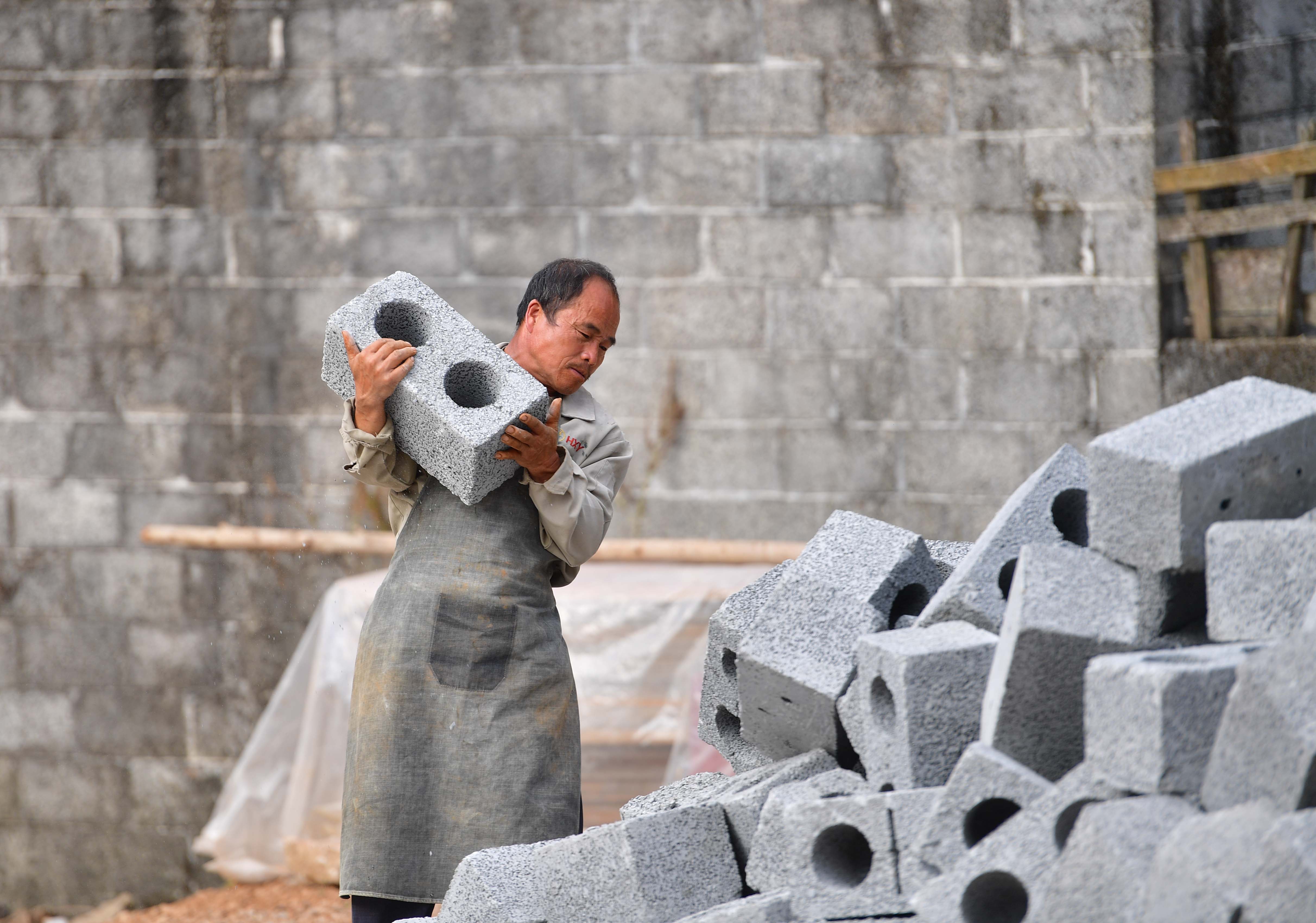
A villager renovates old houses in Nonghe Village of Dahua Yao Autonomous County, south China's Guangxi Zhuang Autonomous Region, Dec. 17, 2019. (Xinhua/Huang Xiaobang)
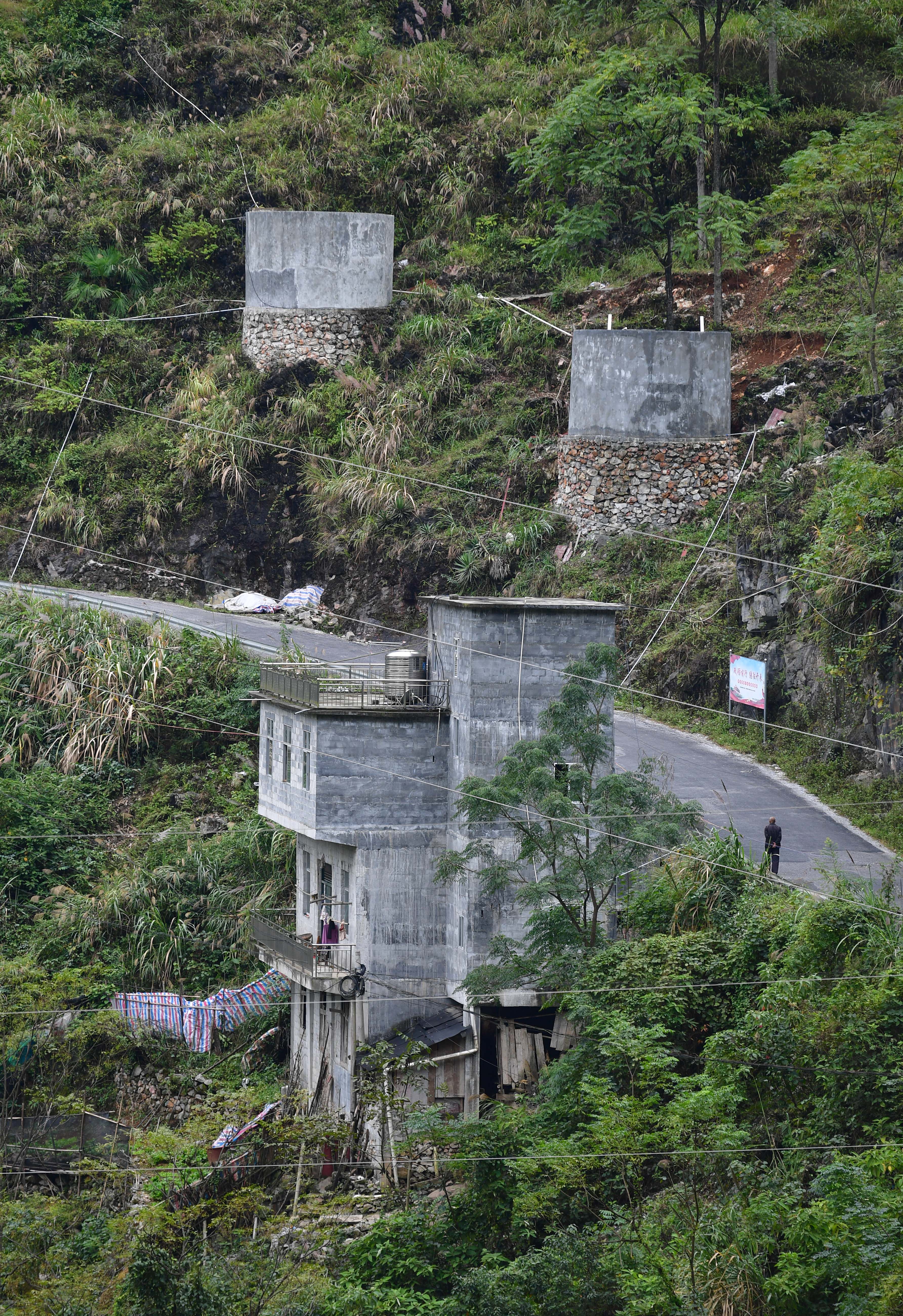
Photo taken on Nov. 13, 2019 shows new houses villagers built in Kuzhu Village of Dahua Yao Autonomous County, south China's Guangxi Zhuang Autonomous Region.(Xinhua/Huang Xiaobang)
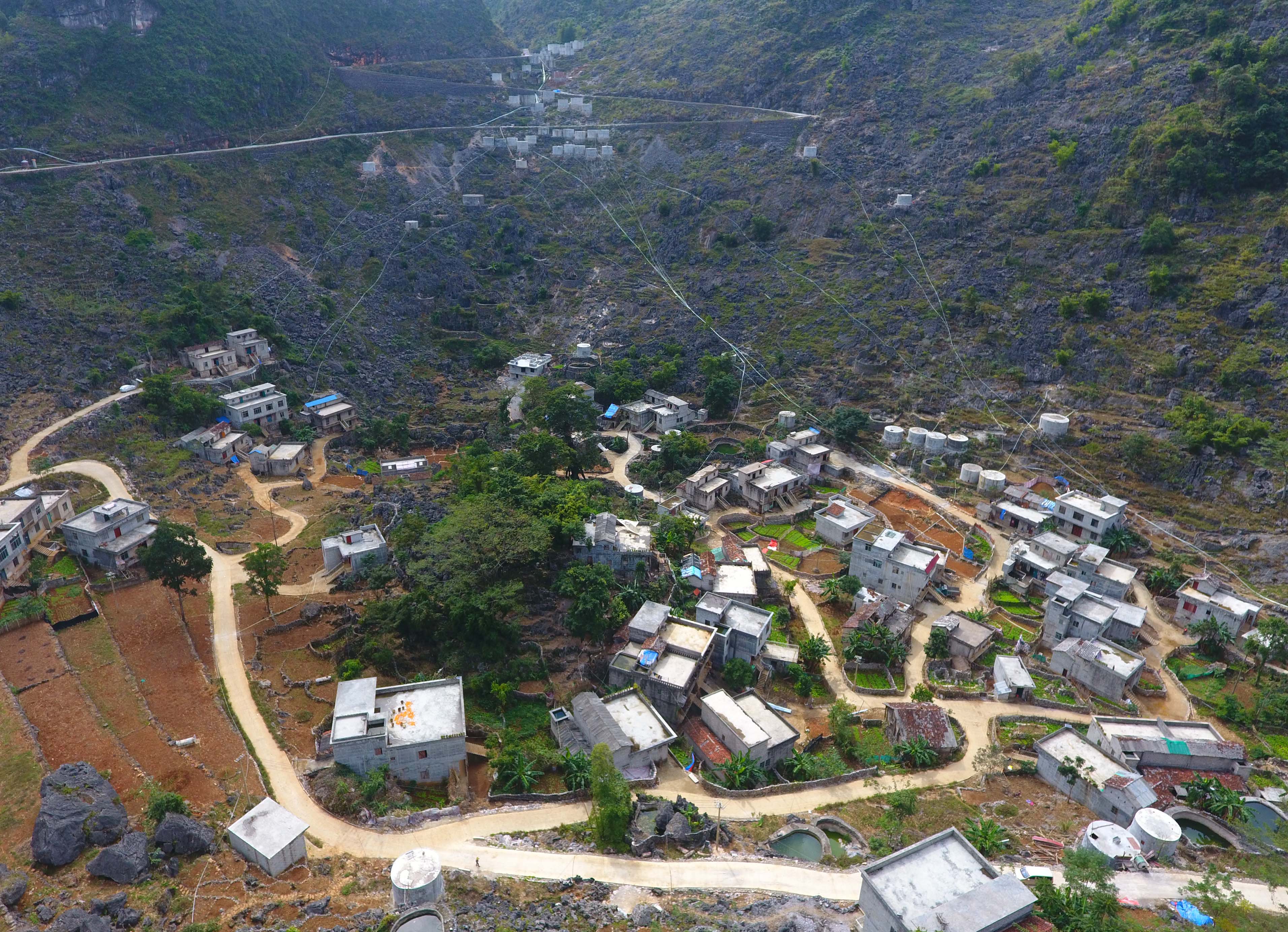
Aerial photo taken on Nov. 14, 2019 shows renovated or newly-built houses in Shanghe Village of Dahua Yao Autonomous County, south China's Guangxi Zhuang Autonomous Region. (Xinhua/Huang Xiaobang)
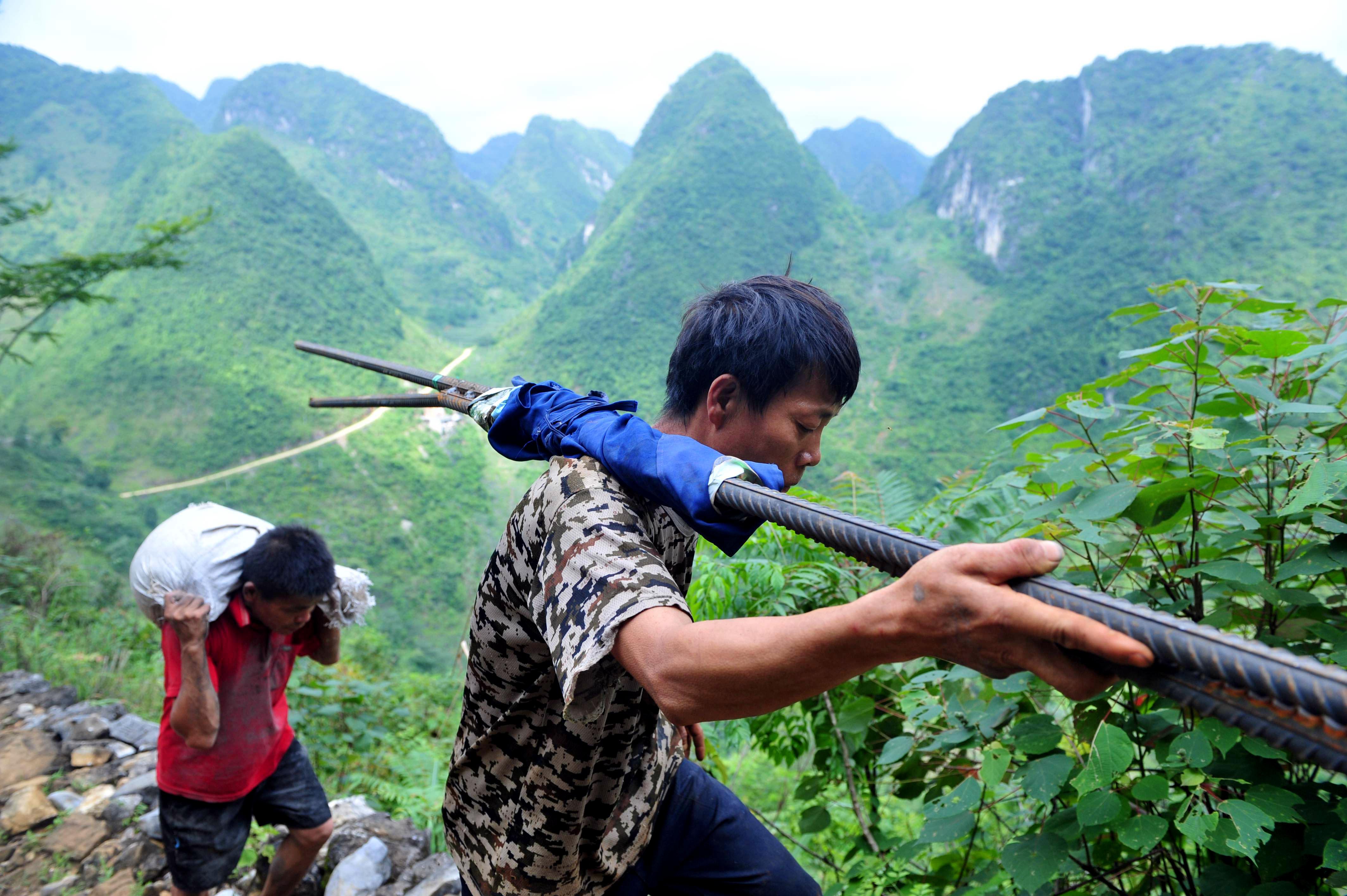
File photo taken on June 18, 2014 shows people carrying construction materials on a path at a mountainous area in Nongweitun of Nongyong Village of Dahua Yao Autonomous County, south China's Guangxi Zhuang Autonomous Region. (Xinhua/Huang Xiaobang)



